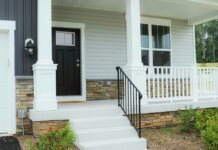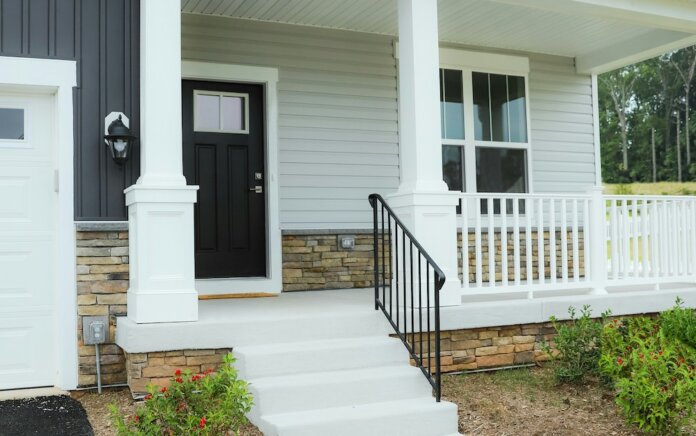New home sales increased 1.8% in February compared with January to reach a seasonally adjusted annual rate of 676,000, according to estimates released jointly today by the U.S. Census Bureau and the U.S. Department of Housing and Urban Development.
Year-over-year, new home sales increased 5.1%.
Regionally, and year-over-year, new home sales were up 12.4% in the South but were down 6.7% in the West, 13.5% in the Midwest and 50.8% in the Northeast.
The median sales price of new home sold in February was $414,500. The average sales price was $487,100.
As of the end of February there were about 500,000 new homes available for sale in the U.S. – about an 8.9-month supply at the current sales rate.
“New home sales have been roughly flat thus far in 2025, as ongoing limited inventory of existing homes in many markets continues to support the need for new homes,” says Buddy Hughes, chairman of the National Association of Home Builders (NAHB), in a statement. “Although policy uncertainty may be holding back some home buyer and business decisions, builders have hope that regulatory reform and tax policy extension will act as tailwinds later this year.”
“Lower mortgage rates helped to lift demand in February, despite other near-term risks such as tariff issues and affordability concerns,” says Robert Dietz, chief economist for NAHB. “While new home inventory is at an otherwise elevated 8.9 months’ supply, total home supply—new and existing—is a relatively lean 4.2 months’ supply for February.”
That means that even if mortgage rates begin to decrease in the months to come, home prices are likely to remain elevated, due mainly to lack of supply.
“New-home sales are improving, but well below what’s needed, increasing 1.8 percent on a monthly basis to 676,000, slightly below the consensus estimate, which was predicated on the fact that mortgage rates were declining in February, typically a boost to new-home sales,” says Mark Fleming, chief economist for First American, in a statement. “Months’ supply decreased slightly, to 8.9 months, but is still elevated compared to pre-pandemic levels.”
“There were 500,000 new homes at various stages of completion for sale in February, which is a 7.5 percent increase compared to a year earlier,” Fleming says. “The ‘mix’ of inventory available for sale by stage of construction is normalizing. In February, completed ready-to-occupy inventory increased to 119,000, which is up 35 percent compared to a year ago.”
“However, comparing the number of new homes for sale today with a number from the past is not a good apples-to-apples comparison because the number of households, or the demand for shelter, is constantly growing over time,” Fleming says. “So, 676,000 new-home sales today is, relatively speaking, not the same as 676,000 sales in the mid-1990’s when accounting for the increase in the amount of demand.”
“If one considers the number of new-home sales as a percentage of the total number of households over time, then new-home sales are down to the same levels as the early 1990s, about 0.5 percent, and well below the long-run average of 0.7 percent,” he adds. “If new-home sales were tracking at the long-run average percentage of total households, then the pace of new-home sales would be almost 950,000.”
Photo: Amanda Smith











